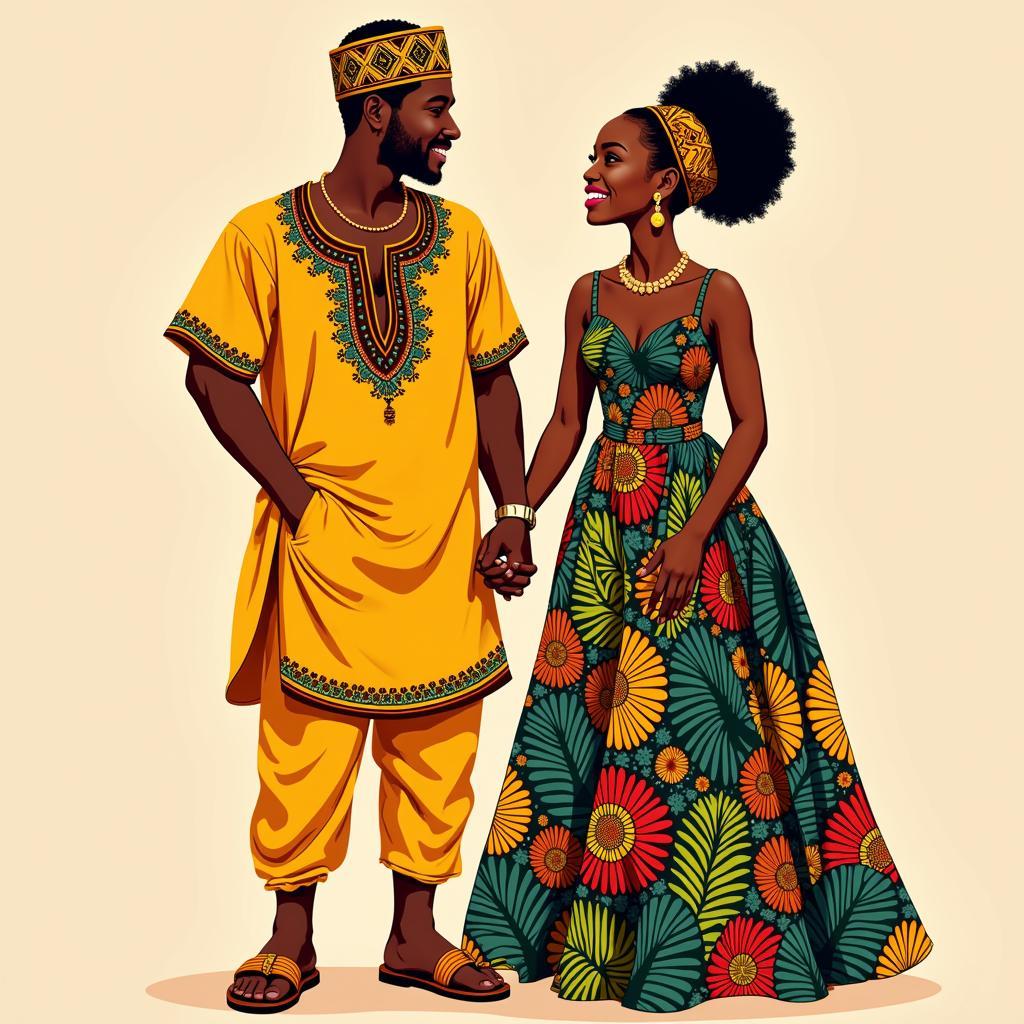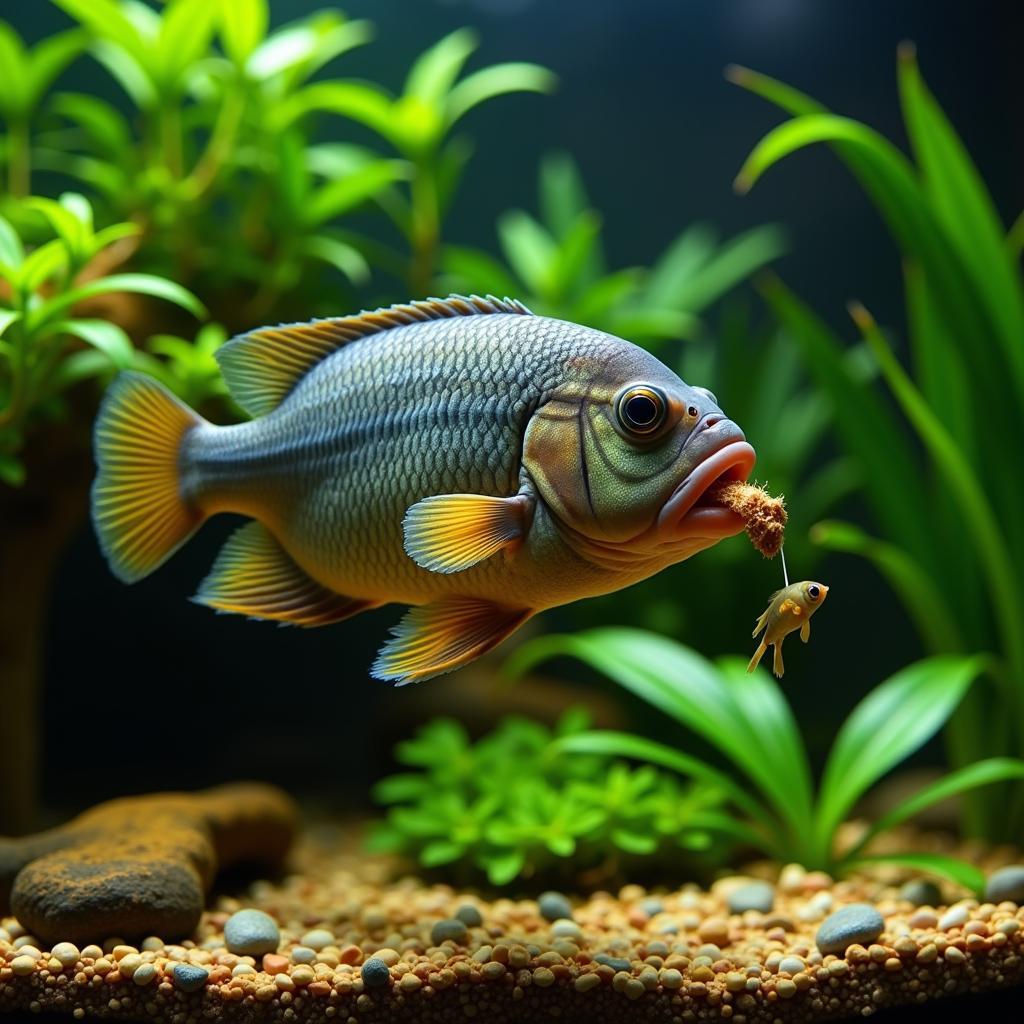Exploring African Jungle Countries: A Journey into Biodiversity
African Jungle Countries evoke images of dense rainforests teeming with life. These biodiverse regions, though often misunderstood as homogenous “jungles,” encompass diverse ecosystems from lowland rainforests to montane forests and mangrove swamps. Let’s delve into the fascinating world of these countries, exploring their unique flora, fauna, and the challenges they face.
Unmasking the Myth of the “African Jungle”
The term “African jungle” is often used broadly, but it’s important to understand the varied landscapes it represents. While not all African countries have dense, tropical rainforests, many boast areas with significant forest cover supporting incredible biodiversity. These forests play a crucial role in regulating the climate, providing resources for local communities, and preserving endangered species. Check out our article on the African Savannah Cat for more information on one such fascinating creature.
Key African Countries with Significant Forest Cover
Several African countries are known for their substantial forest cover, including:
- Democratic Republic of Congo: Home to the second-largest rainforest in the world, the Congo Basin.
- Madagascar: Famous for its unique and diverse lemurs and other endemic species.
- Gabon: A leader in conservation efforts with a large percentage of its land dedicated to national parks.
- Cameroon: Boasts diverse ecosystems ranging from coastal mangroves to montane forests.
- Uganda: Known for its gorilla populations and Bwindi Impenetrable Forest.
The Rich Tapestry of African Jungle Life
African jungle countries harbor an astonishing array of plant and animal life. From the elusive okapi to the vibrant gorillas, these forests support a delicate balance of life. The intricate relationships between species within these ecosystems are vital for their survival. You might also be interested in learning about the African Elephant Big Five.
The Importance of Biodiversity
Biodiversity in African jungle countries is not just a matter of beauty; it’s crucial for global ecological stability. These forests contribute significantly to carbon sequestration, helping to regulate the Earth’s climate. They also provide essential resources like timber, medicinal plants, and food for local communities.
Threats and Conservation Efforts
Unfortunately, African jungle countries face numerous threats, including deforestation, poaching, and climate change. These threats put immense pressure on the delicate ecosystems and endanger countless species. Learning more about African Jungle Life in Urdu can help broaden understanding of these important ecosystems.
Protecting Our Shared Future
Protecting these vital ecosystems is a global responsibility. Many organizations are working tirelessly to implement sustainable forestry practices, combat poaching, and promote community-based conservation initiatives. These efforts are crucial for ensuring the survival of these invaluable natural treasures. Discover information about African Jungle 2020 for further insights.
Conclusion: Preserving the Treasures of African Jungle Countries
African jungle countries represent a vital part of our planet’s natural heritage. Understanding the complexity and importance of these diverse ecosystems is crucial for their preservation. By supporting conservation efforts and promoting sustainable practices, we can help ensure that these incredible landscapes continue to thrive for generations to come. Explore more about African Domestic Cat Breeds for a different perspective on African fauna.
FAQ
- What is the largest rainforest in Africa? The Congo Basin.
- Why are African jungles important? They are crucial for biodiversity, climate regulation, and providing resources for local communities.
- What are the main threats to African jungle countries? Deforestation, poaching, and climate change.
- What animals live in African jungles? Gorillas, okapis, chimpanzees, elephants, and a wide variety of other species.
- How can I support conservation efforts in African jungle countries? By donating to reputable organizations, promoting sustainable practices, and spreading awareness.
- What is the difference between a jungle and a rainforest? Jungle typically refers to dense vegetation, while rainforest specifically refers to forests with high rainfall.
- Are there any deserts in Africa? Yes, the Sahara Desert is the largest hot desert in the world and is located in North Africa.
Common Scenarios and Questions
- Scenario: Planning a trip to an African jungle country. Question: What are the best eco-tourism options available?
- Scenario: Concerned about deforestation. Question: How can I support sustainable forestry practices?
- Scenario: Interested in learning more about African wildlife. Question: Where can I find reliable information about endangered species?
Further Exploration
For more information, explore articles on specific African countries, wildlife conservation organizations, and sustainable tourism initiatives.
Contact Us
For any assistance, please contact us at Phone: +255768904061, Email: kaka.mag@gmail.com or visit our address: Mbarali DC Mawindi, Kangaga, Tanzania. Our customer service team is available 24/7.



